All of the pictures in this post come from my
own collection, gathered in part while bicycling across the USA twice (2007 and
2011) to raise money for the Juvenile Diabetes Research Foundation. Use any you
like. I’ll explain in a few cases how I might apply them in school – but I’m
retired. Can’t say for sure my ideas would work.
 |
Gold bar recovered the from wreck of the Spanish galleon.
The Spanish explored for three reasons: "God, gold and glory." |
 |
John Brown. |
For decades you could see this barn roof, off I-71, as you headed north from Cincinnati. It was finally painted over recently. Someone this blogger knows did sneak an Obama sign into a nearby field, next to a burned cross that also graced the property.

.JPG) |
Rosa Parks. |
 |
Zachary Taylor - hero of the Mexican War. |
 |
Polio vaccination card - family records. |
 |
The future teacher in his hippie days.
We had great discussions in class about values,
including how hippies looked at the world. |
 |
I wanted to show students that one county in Ohio had as many people as 25.
Obviously, my graphic-creation skills were pretty weak.
|
 |
I battled every year to convince students that the people in history are just like us, so that history, really is "the study of people." This is Chimney Rock, a guidepost on the Oregon Trail, in what is now western Nebraska. The Native Americans called it "Elk's Penis."
There's a lesson there - but not sure how you could delicately get it across to pupils. |
 |
Joseph Smith - Church of Jesus Christ of the Latter Day Saints. |
 |
Booker T. Washington. |
 |
Lewis and Clark at Fort Clatsop, on the Oregon coast. |
 |
This and the next few pictures are all from Bodie, California, a ghost town.
I'm still working on writing up an entry for my blog to insert for the year "1877."
For now, I'll note that Bodie is at about 8,000 feet above sea level.
In the late 1870s it had a population of as much as 10,000; but then the gold ran out.
I think a discussion could be had about how cities can decline, and entire civilizations. If I were still teaching, I might include the Mayans, the Assyrians,
and the risks to coastal areas in an era of climate change..
|
 |
Bodie is now a protected site - state park. |
 |
Remains of a wagon bed. |
 |
Bodie church. |
 |
Rangers live in a couple of the homes, to protect the park. |
 |
Ore cart. |
 |
Wagon for hauling ore. |
 |
A few buildings still stand in decent condition. |
 |
Others have to be supported. |
 |
A fire in 1932 swept away many buildings; population by then had dropped almost to zero. |
 |
Bodie school house. The teacher was said to carry a pistol to work.
It was a rough town, averaging one murder per day, according to legend. |
 |
Equipment for raising and lowering men and ore up or down in the main shaft of a mine. |
 |
Opium found many uses in Bodie. |
 |
Transportation to the Bodie cemetery. |
 |
Bodie scene. Old mine tailings can be seen on the hill beyond.
Winters in Bodie are brutal; and no trees grow nearby. |
 |
I had good results one year, asking students to write a quick story
about a ghost who lived in Bodie.
In an age of standardized testing, I'd probably be crucified!!! |
 |
Bodie panorama - main road into and out of town in distance. |
 |
Bodie street. |
 |
The bank at Bodie is definitely closed. |
.JPG) |
Daniel Boone - who never wore a coonskin cap. |
 |
Life expectancy in Colonial Days was probably 35. |
 |
Nuts! I blurred this picture years ago.
But that's a bone saw from the Civil War.
(I tried to make sure students understood there was little glory in war. |
 |
Colonial partying! |
 |
A colonial gentleman rocking a wig. |
 |
Scene from the Arkansas River Valley in Colorado.
Good land - so you had to kick out the natives. |
 |
I camped here on one of my bicycle rides across the USA.
We used to talk about Mountain Men, and various explorers.
Why would it be an exciting life? |
 |
The blogger in Colorado. He'd get thin on his long rides.
Then he'd come home and get fat again.
(He may ride again to raise money for JDRF in 2024.)
I did tell my students they should seek out adventure - and told them they all needed to drive across the country at least once in their lives. |
 |
More gold from the Atocha. |
 |
Cannon recovered from the Atocha.
The story of Mel Fisher, who found the wreck is interesting, if you're not familiar. |
 |
Silver ingots from the wreck. |
 |
Bust of John D. Rockefeller.
(I wonder if the sculptor tried to make him look ghoulish?) |
 |
Gettysburg scene. |
 |
Bust of General Pickett: he was 38 when he married his wife, 17. |
 |
The museum at Gettysburg is fantastic. Even my wife had to be dragged out. |
 |
Devices for killing humans. |
 |
View from Little Round Top. |
 |
Limber and caisson. |
 |
Some artillerists put a hole in this farmer's barn. |
 |
Grapeshot could kill and wound a dozen men easily.
I tried to stress the phenomenal losses regiments in this battle suffered. |
 |
View from Devil's Den, looking at Little Round Top.
I took this picture after I retired. I'm sure students would notice the shape of the rock at left.
Good luck tamping down the semi-rude comments? |
 |
Devil's Den seen from Little Round Top. |
 |
Union officer killed in battle; now tourists have rubbed his nose until it shines. |
 |
Union troops advancing to stop Pickett's Charge. |
 |
The climax of Pickett's Charge. |
 |
Almost every soldier killed or maimed left behind a distraught family,
or left them to help him (or her) recover. At least one female was found in Rebel gray,
among Pickett's dead. |
 |
A stray bullet pierced this table. |
 |
Union regiment going into action. |
 |
Civil War reenactor - hoop skirt style. |
 |
I think this is the First Minnesota going into action on July 2, 1863.
I go to museums and sometimes forget to take adequate notes.
That regiment suffered 81% casualties. |
.JPG) |
The Preamble. |
 |
Picture I took during a visit to D.C.
Good luck discussing politics in class these days, young teachers!
(I will say I resisted the urge to purchase.)
|
 |
Paul Dunbar; I did write up a good reading on his life for students. |
 |
Kansas: The Sunflower State.
|
 |
Abandoned farmhouse - Kansas.
Large areas of the western United States have lost population since 1890. |
 |
Rear view of same home. |
 |
The high school in Ness County, Kansas was abandoned. |
.JPG) |
Ness County, taken during a bicycle ride in 2007. |
 |
It is definitely true: Kansas is flat.
Heading west, peddle power. |
.jpg) |
I met these riders, peddling east, in the middle of Kansas.
I took down their names, but lost them.
I used to talk to students quite a bit about giving great effort.
(I didn't in school, myself, and even quit track in seventh grade.)
The Marine Corps taught me a great deal about motivation. |
.jpg) |
Columbia River Gorge, not far from Portland, Oregon.
Note truck on I-84. |
 |
Pioneer cabin - and car?
Shenandoah Valley, Virginia. |
 |
Wyoming - north of Rawlins. |
 |
Wyoming, looking backwards from a hill, while peddling north, toward Yellowstone.
I used this picture to illustrate the sparse population in that state:
roughly six persons per square mile. |
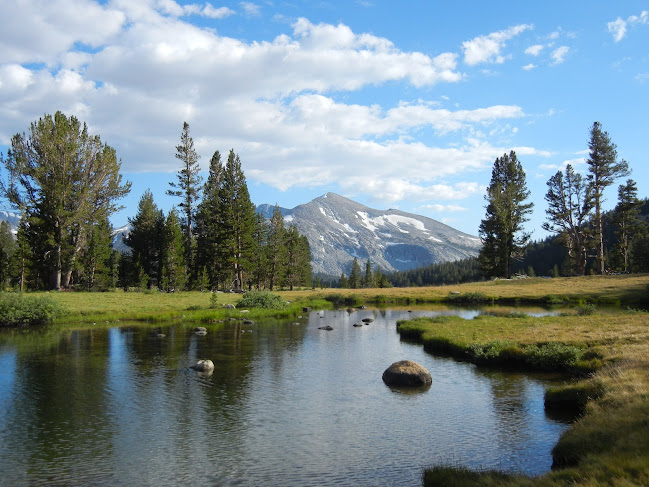






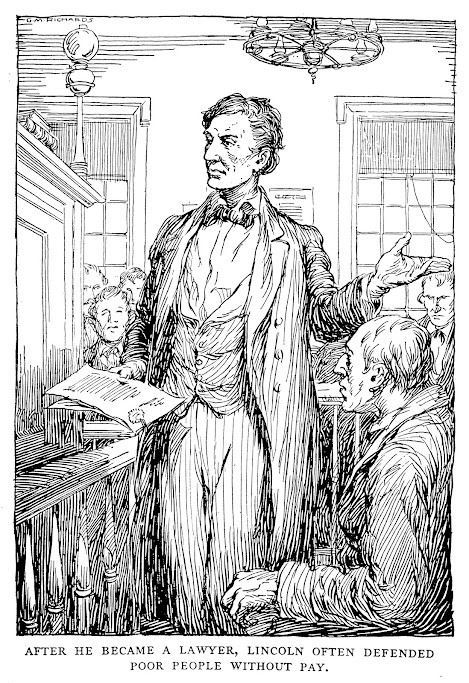
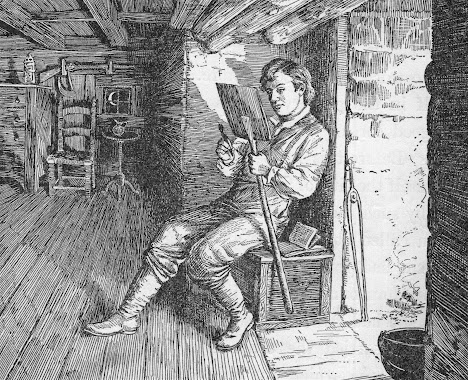

.jpg)







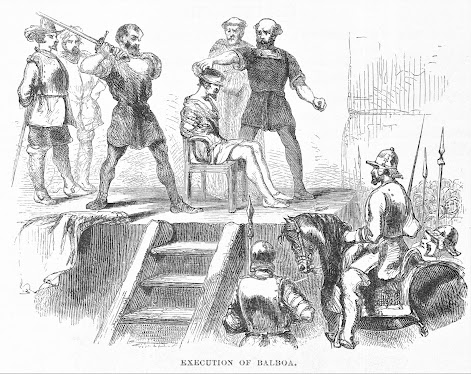





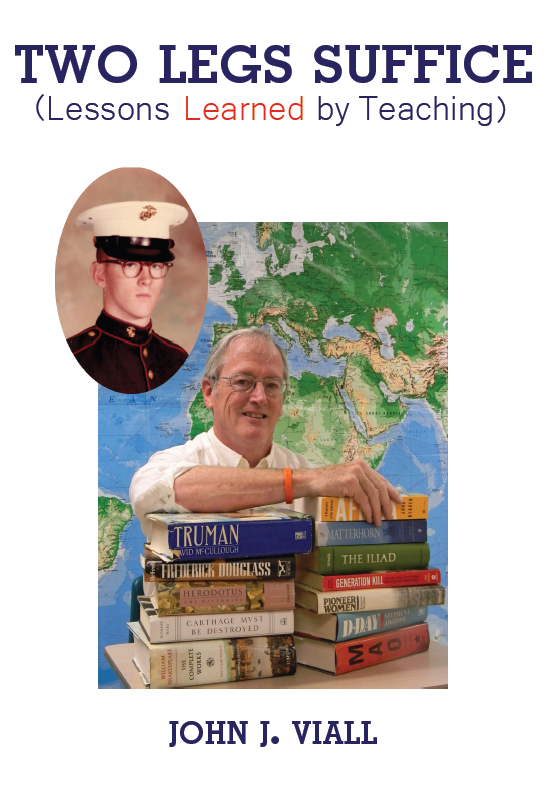







.jpg)


.jpg)







.JPG)




























.JPG)






























.JPG)






.JPG)

.jpg)
.jpg)


